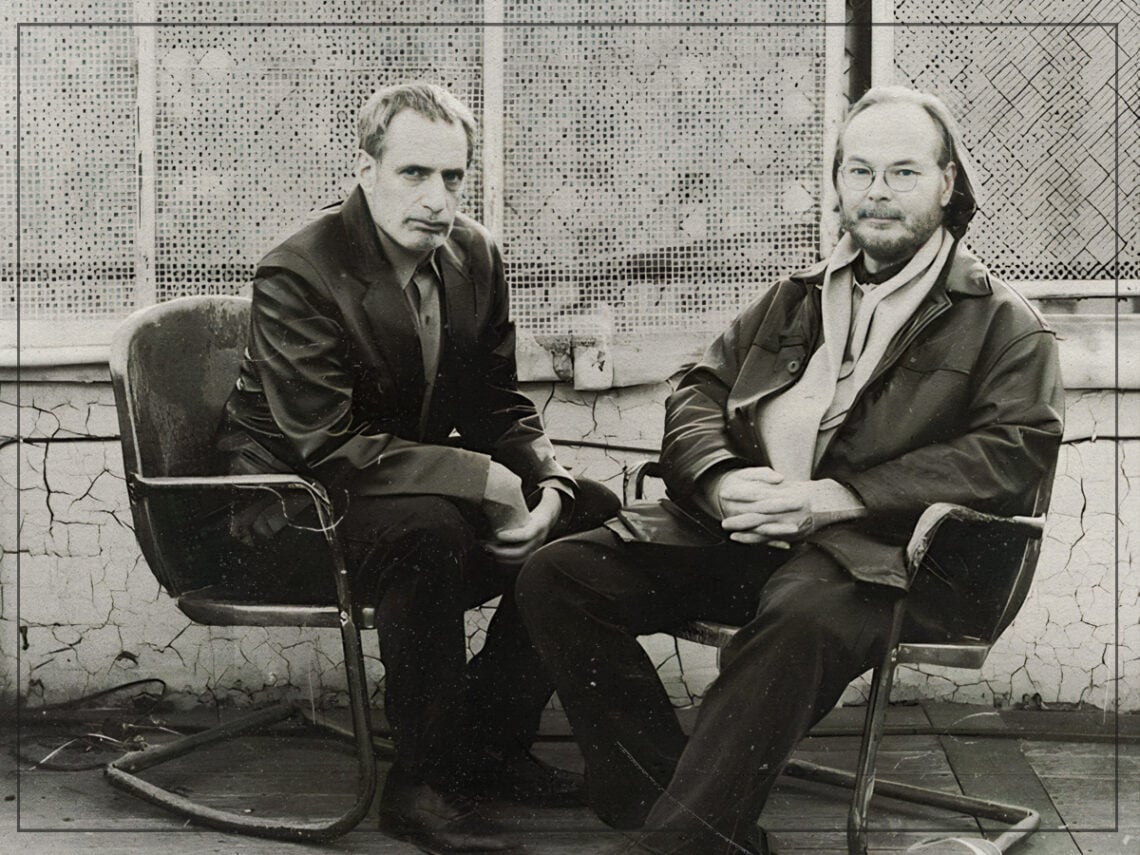
(Credits: Far Out / Spotify)
Fri 27 June 2025 19:30, UK
They might not be to absolutely everyone’s tastes, but it’s pretty hard to deny that every single one of Steely Dan’s albums from their original run as a group sounds absolutely incredible. As a general rule, this is down to how much of a perfectionist Donald Fagen, and to a slightly less intense extent, Walter Becker, both were, and it was always clear that they wouldn’t settle for anything less than their absolute finest work, whether that’s in their own contributions or those that they received from session musicians.
The songs are always intelligent in their structure and theoretical elements, and they’ve frequently got a dry sense of humour about them, but the real shining aspect of the work was just how crisp and clear the records sounded, owing to the masterful production and mixing on each release. Whether it’s their debut album, Can’t Buy A Thrill, or later classics like Aja or Gaucho, the sound of the record is always pristine, and even a Steely Dan sceptic should be able to admit that.
Put it this way, it would be difficult to categorise a band as yacht rock, let alone the genre’s foremost act, if there wasn’t a certain warmth to the records that they released. Steely Dan’s albums are perfect for lying on the top deck of a boat, or even still being by the sea, and sipping a garish cocktail while the sun beats down on your leathered skin. OK, I’ve never experienced this exactly, but I know that when I do, I’ll have reached the pinnacle of living.
It’s also worth noting that in addition to making several exceptional records with the band, Fagen was also the first person to create an entire album using a digital audio workstation. The Nightfly is just a further example of how much he was willing to use the studio around him to his advantage and tinker with the finer details on every piece of work he created.
But why exactly do Steely Dan’s records all sound so good? Many would say that the dryness of the sound that they created, largely thanks to the production efforts of longtime collaborator Gary Katz, were a key element of achieving their trademark sound, but Fagen attests that the influence of a couple of artists in particular drew them towards making records where every instrument could be heard with the utmost clarity.
Speaking to Tablet Magazine in 2021, Fagen said that the dryness “was probably also the influence of early rock ’n’ roll,” citing the work of Chuck Berry where there was little reverb ever placed on any of the instruments. However, Fagen acknowledged the work of one artist in particular as being the main inspiration for heading in this direction. “Bob Dylan records like Highway 61, there’s basically no reverb. We liked the way his voice sounded against the band. Way up front, but everything was dry, and you could also hear every instrument. Everything was obvious, there was nothing hidden. The only thing that had reverb on it was the organ.”
While the dryness of the instruments on Dylan’s records is utilised to a very different effect than it is on Steely Dan’s records, it’s hard to deny that the outcome, which is exemplary, crisp-sounding work, is only something that should be marvelled at, and the way in which Steely Dan managed to utilise this recording technique was massively to their advantage.
Related Topics
The Far Out Music Newsletter
All the latest music news from the independant voice of culture.
Straight to your inbox.
